How to communicate better online - 3 SEO best practices
From the digital revolution of the 70s that pushed the advancement of technology, as we know it, to today’s information age, there has been a vast transformation in the way we communicate online as organisations over the years.
By communicate; we refer to the way you might showcase your work to your audiences on your website pages, ultimately telling a story of what you do best. "Content is king”, coined Bill Gates in 1996. And whether you’re an architect, designer or industry practitioner, this phrase rings true for your organisations in the built environment too.
Consequently, more and more value has been put into how your brand stories are told. And now, even more value is being put on how your brand stories are found. With the colossal influence of search engines like Google and their computer-programmed algorithms featuring bots that crawl the web, you may have probably already come across the term search engine optimisation or SEO.
But, what exactly is SEO?
Search engine optimisation, put simply, is the process of improving your website traffic by increasing your web page visibility on the ranking of search engine results. Learn more about how this is done on Google’s published SEO starter-guide.
We can now search and find almost everything architecture and design-related online, from BIM consultants, to landscape architects to developers. And with tools like Google’s advanced search, audiences are getting specific. Archiboo, the architecture platform that founded the annual Archiboo Web Awards which celebrate award-winning websites in the industry, encourages all to think about search engine results.
As a result of ranking, a beautiful website design that isn’t optimised to be found on the world wide web is missing out on a big piece of target audience pie. It’s no surprise then, that the use of SEO in digital communications has affected the online landscape of the built environment.
So, is it possible to recapture audiences through optimised search rankings? In what ways can brands implement best practice in the current landscape online? There may be ways to communicate your stories better digitally.
Digital authenticity
Above all, something that often needs to be highlighted about SEO is that it isn’t a process of ‘cheating’ the web or tricking search engines like Google into sending target audiences your way. Instead, it is about increasing site quality and doing so authentically. That’s why SEO forms a part of our brand service offering at Concept Culture.
Moreover, to help increase authentic and quality content that feature on search results, Google introduced, and last year updated, their E-A-T quality guidelines. These guidelines help users prioritise quality when communicating their ideas or businesses online.
What are the Google E-A-T guidelines?
If you prefer not to comb through Google’s extensive 166-page guide in the link above, in short, Google E-A-T stands for:
Expertise
How knowledgeable is the content author on the subject they represent?
Authoritativeness
How credible is the website publishing the content?
Trustworthiness
Taking into account site quality and site security, how trustworthy is your site?
The three-pronged acronym represents the online shift to quality communication. Google wants to deliver their users the most relevant and high-quality results, and you should too.
Better communication, online
As a round up, here are 3 core takeaways from the E-A-T guidelines, simple measures that you can implement for your website now, to ensure better online communication for your brand working in the built environment.
1. Carry out a digital audit
A dive into your Google analytics to identify pages that do poorly in terms of traffic and conversions is a good place to start. Examine your site and see if anything could be considered as spam. Review existing pages and see if they efficiently communicate markers of expertise, authority and trustworthiness.
2. Showcase your expertise
This is commonly featured on a website ‘About’ page or similar. Architects and designers can be notorious for badly written descriptions of who they are and what they do. Get ahead by reviewing this and incorporating specifics. This may include credentials, testimonials from clients or positive quotes from the press. Here’s a good example from a recent winner at the Archiboo 2019 Web Awards, a practice that demonstrates their expertise in their services page.
3. Up the value of your online content
Search engines such as Google promote high-quality content. Be both clear and engaging with your written content but also think of what search terms your users may type into Google when writing an interesting news update or a project description. Be sure to include these terms in your written content.
All set to communicate better?
Feeling motivated by these takeaways?
Don’t be the only one, share this article with a friend or colleague who may be inspired to communicate their brand or business better online.
And if your brand is stuck in a communications rut why not get in touch for a tailored consultation offline? Or continue the conversation with us by following Concept Culture on our socials on LinkedIn or on Twitter. We would love to hear from you!




